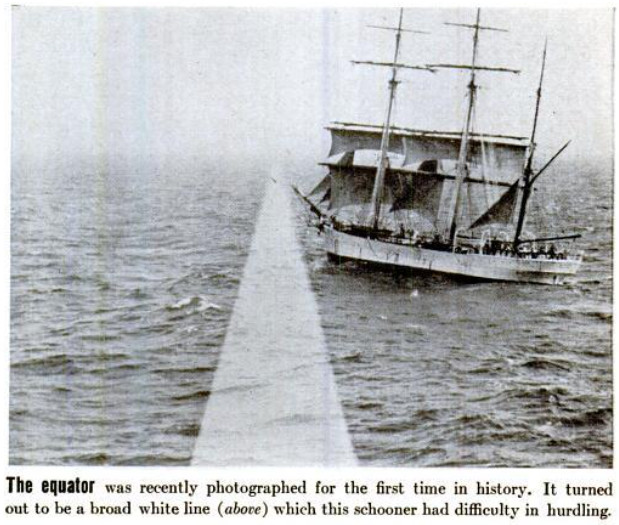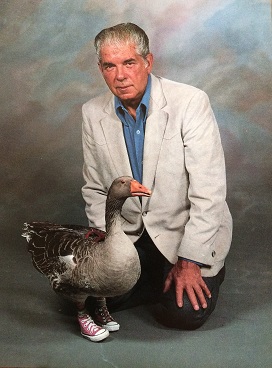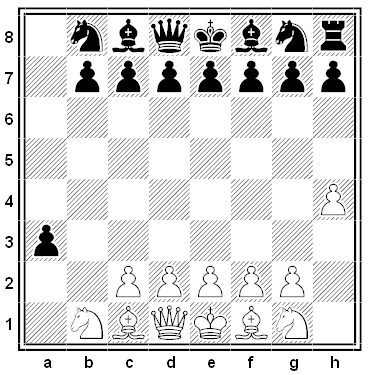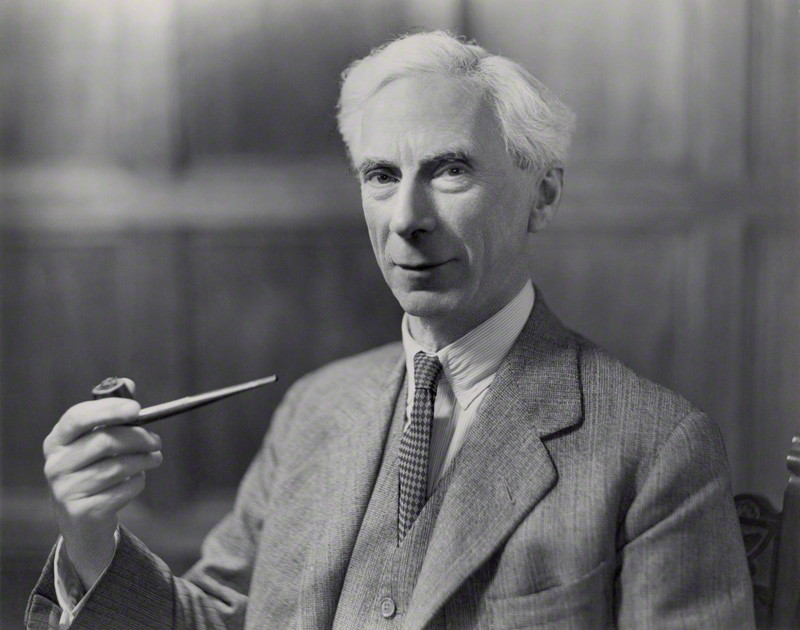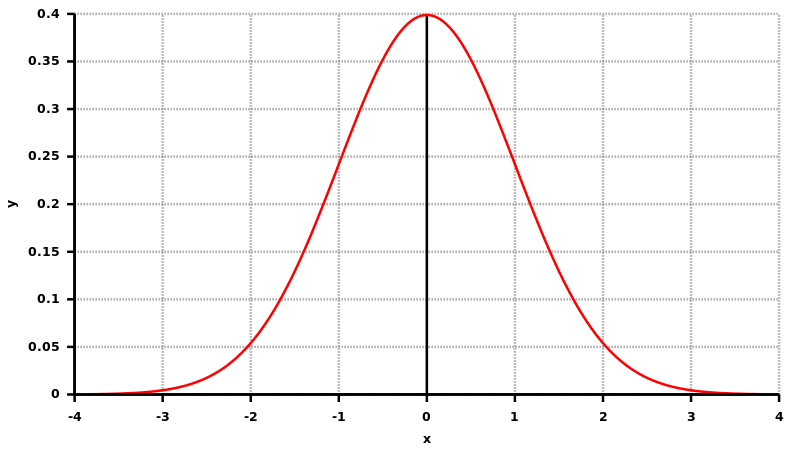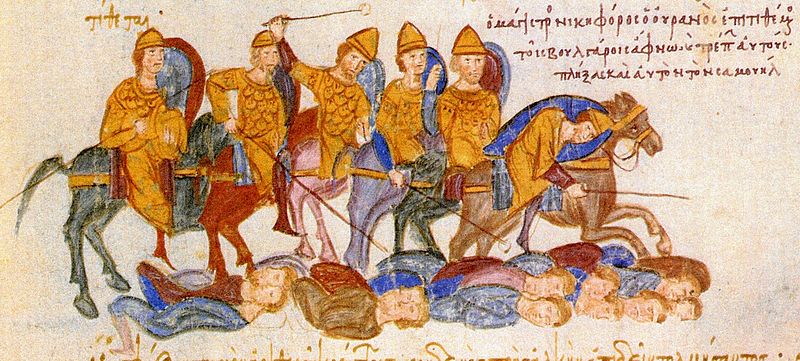
manqueller
n. a man killer; an executioner
In 1014, after a decisive victory over the Bulgarian Empire at the Battle of Kleidion, Byzantine emperor Basil II followed up with a singularly cruel stroke. He ordered that his 14,000 prisoners be divided into groups of 100; that 99 of each group be blinded; and that the hundredth retain one eye so that he could lead the others home. The columns were then released into the mountains, each man holding on to the belt of the man in front. It’s not known how many were lost on the journey, but when the survivors reached the Bulgar capital, their tsar collapsed at the sight and died of a stroke two days later. Basil is remembered as “the Bulgar slayer.”

